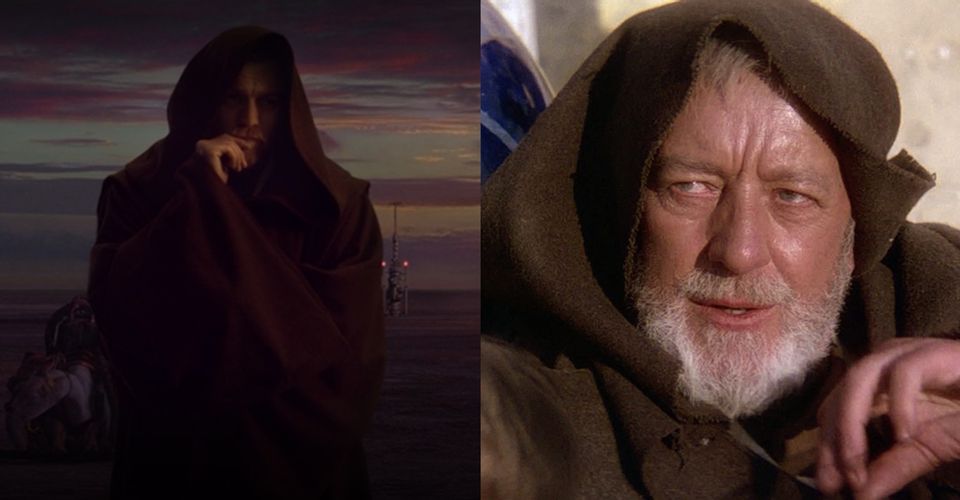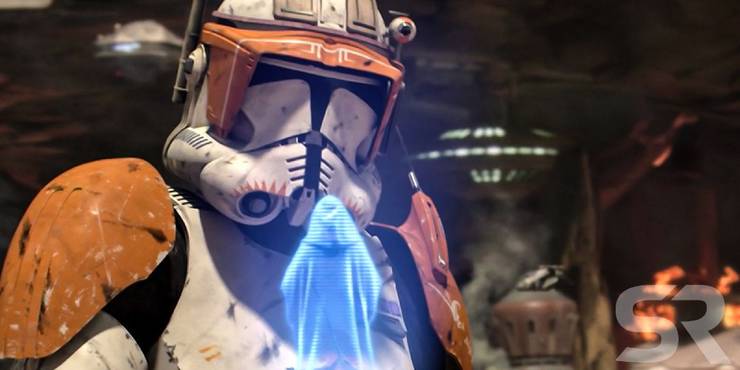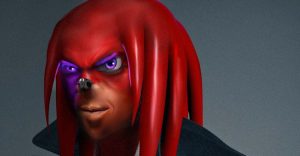Star Wars: 5 Ways The Obi-Wan Series Can Connect To Episode III (& 5 Ways It Can Connect To Episode IV)

Out of all the exciting Star Wars content coming to Disney+ in the next couple of years, arguably the most highly anticipated of the bunch is Obi-Wan Kenobi, in which Ewan McGregor will reprise his role as the iconic Jedi to fill in the blanks between the prequel and original trilogies. This will include a rematch with Darth Vader, who will be played by Hayden Christensen.
Taking place about halfway between Episode III and Episode IV, there are a few crucial ways in which the Kenobi series can connect to the movies and bridge the gap between the trilogies.
10 Episode III: Qui-Gon’s Force Ghost

At the end of Revenge of the Sith, Yoda told Obi-Wan that Qui-Gon had figured out how to contact him from beyond the grave. In a deleted scene, Qui-Gon’s disembodied voice spoke to a meditating Yoda. In an early draft of the script, Qui-Gon’s Force ghost appeared to Anakin in a last-ditch attempt to save him from turning to the dark side.
Figuring out how to speak to Qui-Gon’s ghost would’ve been one of Obi-Wan’s top priorities after going into hiding on Tatooine. Liam Neeson has said he’d love to return to the role of Qui-Gon and that he’s just waiting for a call to do the Obi-Wan series.
9 Episode IV: Young Luke Skywalker

The Obi-Wan Kenobi series will reportedly take place in 9 BBY, roughly halfway between the events of Revenge of the Sith and A New Hope. In the original trilogy, it’s implied that Obi-Wan has been watching over Luke throughout his childhood and that Luke sees him as a kind of mentor figure.
The series can bridge this gap by casting a young actor to play Luke Skywalker as a little kid and establish how much of a mentor-mentee relationship Obi-Wan had with Luke before he gave him his father’s lightsaber.
8 Episode III: Order 66

The Kenobi series could get pretty boring if Obi-Wan literally spends two decades in a hut in the desert. While hiding out on Tatooine between the prequel and original trilogies, Obi-Wan could’ve gone searching for other Jedi who survived the Order 66 massacre.
Mace Windu is still alive canonically, despite his death being a crucial turning point in Anakin’s arc, and Ahsoka Tano made it out of the Great Jedi Purge and into the Galactic Civil War.
7 Episode IV: Why Does Uncle Owen Hate Obi-Wan?

In the original 1977 Star Wars movie, when Luke finds a message for Ben Kenobi on R2-D2’s memory drive, Uncle Owen tries to discourage him from visiting his wise old mentor, dismissing him as a deranged kook.
It’s unclear why Owen grew to dislike Obi-Wan after he dropped off Luke with them at the end of Revenge of the Sith. Maybe he blames Kenobi for Anakin’s downfall. Either way, Joel Edgerton is keen to reprise his role from the prequels.
6 Episode III: The Death Star

After The Force Awakens gave fans Death Star 3.0, Rogue One dedicated a whole movie to the Death Star’s origin story, and The Rise of Skywalker set a big chunk of its second act on the wreckage of Death Star 2.0, Lucasfilm might need to take a break from Death Star-related stuff for a while.
But since the Obi-Wan series will feature Hayden Christensen as Darth Vader during the rise of the Empire, it can’t really ignore the Death Star. The series can explain how the Death Star was already under construction at the end of Revenge of the Sith and didn’t get completed until A New Hope.
5 Episode IV: Mos Eisley Spaceport’s Scum And Villainy

When Obi-Wan takes Luke to Mos Eisley Spaceport in the original Star Wars movie, he warns him, “You will never find a more wretched hive of scum and villainy.”
Obi-Wan would only know it was a wretched hive of scum and villainy if, during his exile on Tatooine, he’d gone down there and encountered that scum and villainy first-hand.
4 Episode III: Kenobi’s Guilt

While Obi-Wan has found peace of mind by the time he whisks Luke away on an intergalactic adventure in A New Hope, a large part of his character arc in the wider Star Wars media is the guilt he feels over Anakin’s turn to the dark side.
As his master, he feels responsible for letting Anakin go down the wrong path. One poignant way this has been expressed is his regular visits to Shmi’s grave to apologize for her son’s downfall.
3 Episode IV: Accelerated Aging

Based on the Star Wars timeline, audiences are expected to believe that Obi-Wan aged from a thirtysomething Ewan McGregor to a sixtysomething Alec Guinness in the space of fewer than 20 years. Meanwhile, Bo-Katan doesn’t seem to have aged a day since the Clone Wars.
Entire sections of the canon have been dedicated to explaining how aging works in a galaxy far, far away. The Obi-Wan series can dedicate some time to clearing this up in a nice, cohesive way.
2 Episode III: The Birth Of The Empire

At the end of the prequel trilogy, the slick, high-tech world of the Old Republic comes under the jurisdiction of the newly formed Galactic Empire. At the beginning of the original trilogy, years of living under a dictatorship have ravaged the galaxy and left it a war-torn wasteland.
While the story will obviously be focused on Kenobi himself, the Obi-Wan series can use the tumultuous time of the rise of the Empire as a poignant backdrop.
1 Episode IV: Leia’s Upbringing

The original trilogy explains a lot more about Luke’s upbringing than Leia’s. The prequels revealed that she was adopted by the Organas — Bail, a senator, and Breha, Alderaan royalty — which is how the daughter of Darth Vader ended up being known as “Princess Leia,” although her birth mother Padmé was also, coincidentally, once the queen of a planet.
If Obi-Wan spent Luke’s entire childhood watching over him on Tatooine, then he could’ve at least made a couple of covert trips to Alderaan to check on Leia.
About The Author


















